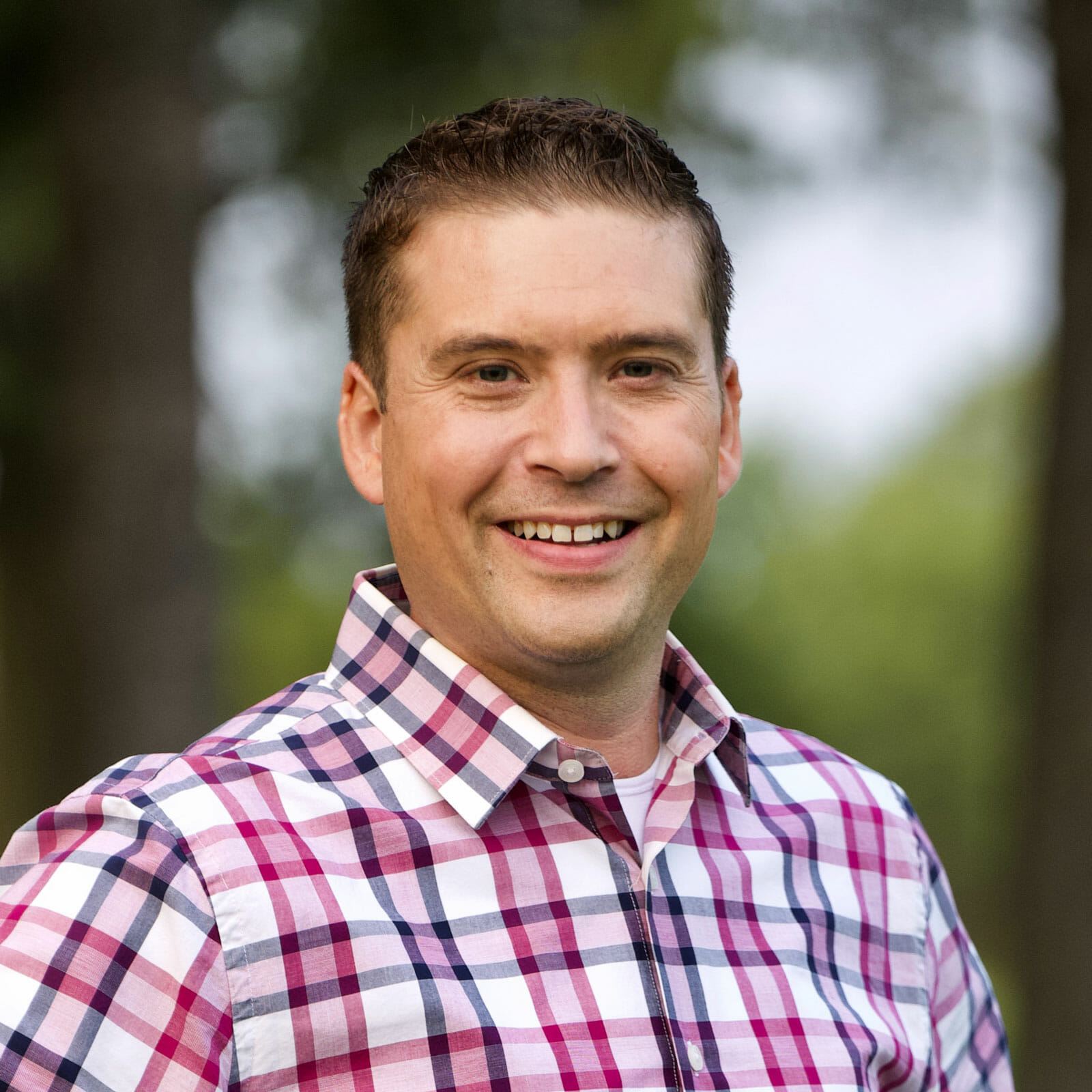Preservation vs. Conservation Breeders: Who Are We?
By Matt Stelter

This article was originally published in the November/December 2023 issue of Canine Chronicle.
Many types of people fall under the “dog breeder umbrella,” ranging from small hobbyists to large commercial kennels and everything in between. Invariably, these individuals can have very different breeding practices, ethics, and purposes from each other.
For years, conformation and performance breeders struggled to define their identity and effectively differentiate themselves from other breeders in the eyes of the general public.
However, with the introduction and adoption of the term “preservationist” to the sport’s vernacular, we finally had a name we could identify with. It was a welcomed and needed title we could rally around and proudly put forth to the world. We had a banner to march under in our purebred breeding journey.

What We As Purebred, Purposeful Breeders Do
As breeders, we work to preserve our established breeds developed over many decades and centuries. Each breed was created to serve a specific purpose and fulfill the founders’ vision of the ideal dog as detailed in their written Standard. Laura Reeves of Pure Dog Talk teaches in her “Form & Function” seminar that purebred dogs are living history, and each breed’s form follows its function, meaning the physique and appearance of the dog are dictated by its intended job. Even if the breed’s original function no longer exists (i.e., bullfighting, ratting, palace sentinels, carriage guides, and many types of hunting – fox, wolf, moose, etc.), our job as breeders is to produce dogs that could still perform that function today. Safeguarding the breed hallmarks (conformation, breed type, temperament, and instinct) requires astute selection in every generation, combined with mindful care and animal husbandry.
The preservationist title certainly applies to our efforts to breed purebred dogs amidst animal rights groups launching PR & political campaigns against us, devised to end controlled, intentional breeding and the ownership of domesticated companion animals. The term reinforces our intent to continue breeding purebred dogs in the face of this adversity.
Further, with the advent of the “doodle,” “designer breed,” and “purposely-bred mix” fads, we face increased competition for pet puppy sales from what used to be considered mixed-breed or mongrel dogs. Many people are now confused about what is and is not a purebred dog anymore. The preservationist term communicates that our breeds have a longstanding history and are not simply created in a breeder’s backyard – where, with one breeding, what generations of purebred breeders have worked to preserve is destroyed.
Preservation is particularly applicable to the low-entry and rare breed, where their genetics are vulnerable and require concerted efforts to ensure they will continue. However, one can ask if it is possible to be a “preservationist” of more popular breeds like French Bulldogs, Labradors, or Golden Retrievers, where those breeds may have annual registration numbers in the tens of thousands. At what point do breeds achieve critical mass and not require preservation efforts?
So, the preservationist title clearly applies to many aspects of our life as breeders. However, considering the totality of everything we do as purposeful breeders, you can ask if the term goes far enough to describe who we are and what we do. Are we only preserving our breeds, or are we doing more than that in our breeding programs?
Breed founders developed written standards to describe the ideal example of each breed. However, we all agree the perfect dog has yet to be born. As breeders, we are constantly striving toward that elusive goal in each breeding, each litter, and each puppy, and hopefully getting closer with each generation. We lean on a lifetime of breed study – gathered from personal experience, observation, trials and errors, and our mentors’ sage advice – trying to make the proper decisions to achieve our objective. This effort goes beyond preservation to the tireless pursuit of perfection.
Additionally, we are more informed about genetic health issues now than ever. Our vision of the perfect dog requires it to be a healthy dog. We are taking decisive action as we focus on combatting these inherited ailments. DNA studies are helping us get to the root of genetic diseases embedded in our breeds since their origins, and we are now eradicating some disorders for the first time in breed history.
Today, breeding high-quality purebred dogs is more difficult than ever. Beyond the increasing societal, economic & municipal challenges, many of our breeds’ gene pools are suffering the loss of their foundational bloodlines as the days of the large kennels and breeding programs fade in the rearview mirror. Popular sire syndrome is prevalent in many breeds as the number of high-quality stud dog options dwindles. All of this makes our quest for the perfect dog more difficult.
However, despite all these unprecedented obstacles, we still strive to breed a better dog in each generation, drawing closer to the ideal conformation and breed type described in the Standard. This noble effort goes beyond breed preservation. It is breed advancement. It is breed conservation.
“A preservation breeder is a purebred dog breeder who works to sustain and safeguard their breed so that its existence will continue into the future.”
Terminology:
At first blush, the terms “preservation” and “conservation” may seem to have similar definitions. However, there are subtle differences in their meanings, which are important to note.
Generally, preservation refers to protecting human-made objects or landscapes, while conservation focuses on managing natural resources. So, are purebred dogs man-made or God-made? A little of both, you could say. God created the species, while man has crafted the genes to embody the form necessary to serve its purpose.
Various definitions of preservation include phrases such as “to maintain,” “to keep something of value alive, or free from damage.” It means to keep something exactly how it is, in the state it was found, and protect it from external threats. A preservationist acts as a caretaker, curator, or steward to keep a thing maintained and continuing to exist.
Understanding this information, how would a preservationist dog breeder be defined?
“A preservation breeder is a purebred dog breeder who works to sustain and safeguard their breed so that its existence will continue into the future.”
On the other hand, various definitions of conservation include phrases such as “the careful preservation and protection of something” and “the planned management of a natural resource.” Another definition of conservation is “the preservation of a physical quantity during transformations or reactions.” We know dog breeds are not static. They may move forward or backward depending on the choices breeders make, but they are always changing. A conservationist acts as a general manager or a superintendent – actively directing operations and strategically deciding where and how to take action to accomplish objectives and achieve goals.
Note that while most definitions of conservation include the act of preserving a thing, they go further to include the proactive management of a “physical quantity.” Think of these physical quantities as our breed form and type. In our breeding programs, we must make strategic choices on how best to preserve breed virtues and move the breed forward.
With this knowledge, how would a conservation dog breeder be defined?
“A conservation breeder is a purebred dog breeder dedicated to preserving and advancing their breed through the purposeful pursuit of the written Standard.”
“A conservation breeder is a purebred dog breeder dedicated to preserving and advancing their breed through the purposeful pursuit of the written Standard.”
Final Thoughts:
So, “preservationist” versus “conservationist” – does it truly matter which term we use and identify with? Regardless of the semantics, we are conscientious dog breeders working for the betterment of the breeds we love.
However, language matters in our quest to differentiate ourselves on the continuum of breeder types. If you don’t think so, please consider how the animal rights groups have hijacked breeder language and turned it against us. Fortunately, several respected breeders have stepped forward to help us refine our community’s vocabulary and how we refer to ourselves. We are now using progressive terminology, including words like “purposeful,” “accountable,” and “breeding forward.” We’ve all benefited from those efforts to clarify our identity and mission.
Presenting ourselves well and communicating in the most accurate language possible has never been more critical. Our breeder community is confronted by several sophisticated, calculated adversaries – some whose end goal is to eliminate us. We face significant social and economic pressure from “adopt-don’t-shop” extremists and the “designer breed” proponents as these mixed breeds become more mainstream, accepted, and even hailed as being superior to our established predictable breeds. We must provide a better narrative about our purebred dogs, who we are, and what we do. Nobody will communicate our story to puppy buyers, legislators, or the general public if we don’t do it ourselves. Articulating our purpose will be critical for our breeds, our sport, and our community to survive.
With that context, does the term preservationist or conservationist most accurately describe your role as a purposeful purebred dog breeder? Please ponder that question and adopt the terminology that best represents your story.
__________________________________________________________________________
Acknowledgments to fellow AKC breeder-judge colleagues who contributed to this project: Kathy Rust (Kizmar), Doug Johnson (Clussex), Butch Schulman (Strathmoor), Laura Reeves (Scotian), and Dale Martenson (Touche’)
Matt Stelter is the founder of Better Breeder Institute. He and his wife, Anita Stelter, are AKC judges and lifetime Collie breeders (Wyndlair).


